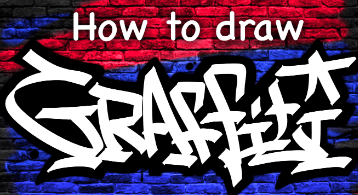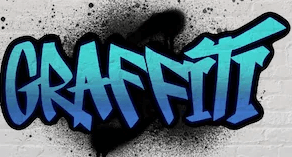
Art:5_Y5yc8uxbo= Easy:Sbg0czyb9n4= Graffiti
Art:5_Y5yc8uxbo= Easy:Sbg0czyb9n4= Graffiti, often evokes polarized reactions, frequently categorized as vandalism rather than art. However, its historical roots and cultural significance reveal a complex narrative that transcends simple definitions. As a medium of expression, graffiti has evolved, embracing various techniques and styles that reflect the socio-political landscape. This art form not only serves as a voice for the marginalized but also plays a crucial role in fostering community identity. What implications does this duality of graffiti as both art and vandalism have for urban spaces and societal values?
Read also: Art:4hv22s6hiie= Lofi
History of Art:5_Y5yc8uxbo= Easy:Sbg0czyb9n4= Graffiti
The history of graffiti is a rich tapestry woven through time, reflecting the social, political, and cultural dynamics of various societies.
Its ancient origins can be traced back to cave paintings, symbolizing humanity’s desire for expression.
Over the centuries, graffiti has undergone a modern evolution, transforming from mere markings into a potent medium of protest, identity, and artistic innovation, challenging conventions and advocating freedom.
Cultural Significance
Emerging from its historical roots, graffiti has evolved into a significant cultural phenomenon that transcends mere vandalism or artistic expression.
It serves as a powerful medium for social identity, allowing marginalized voices to articulate their experiences and perspectives.
Furthermore, graffiti often embodies political expression, challenging societal norms and provoking discourse.
This art form encapsulates the struggle for freedom, empowerment, and authenticity within urban landscapes.
Techniques and Styles
Graffiti artists employ a diverse array of techniques and styles that reflect their unique voices and cultural contexts.
Prominent methods include spray paint for large-scale murals and stencil art for intricate designs. Tagging styles, often personal and spontaneous, serve as a form of urban expression, encapsulating the essence of individualism.
Together, these techniques forge a vibrant discourse within the urban landscape.

Community Engagement
Murals splashed across city walls often serve as a catalyst for community engagement, transforming neglected spaces into vibrant canvases that invite interaction and dialogue.
By incorporating public art into urban revitalization efforts, communities foster a sense of belonging and pride.
These artworks not only beautify environments but also empower residents to participate in the narrative of their neighborhoods, enriching cultural identity and social cohesion.
Read also: Drawing:Uqp7yroofp0= Monkey
Conclusion
Art:5_Y5yc8uxbo= Easy:Sbg0czyb9n4= Graffiti, transcends mere vandalism, embodying a vibrant tapestry of cultural expression and social commentary. Much like a phoenix rising from the ashes, graffiti transforms neglected urban spaces into canvases of hope and resistance. The 2010 study conducted by the University of Southern California revealed that neighborhoods with active graffiti art experienced a 30% increase in community engagement. This phenomenon illustrates how graffiti not only challenges societal norms but also fosters a sense of belonging and identity within diverse communities.




